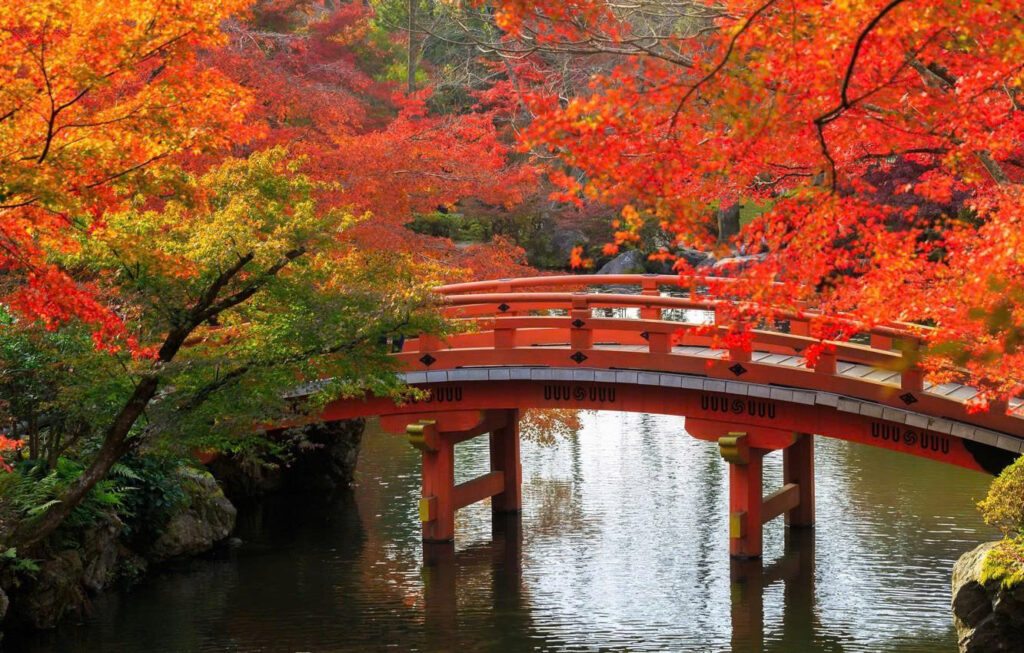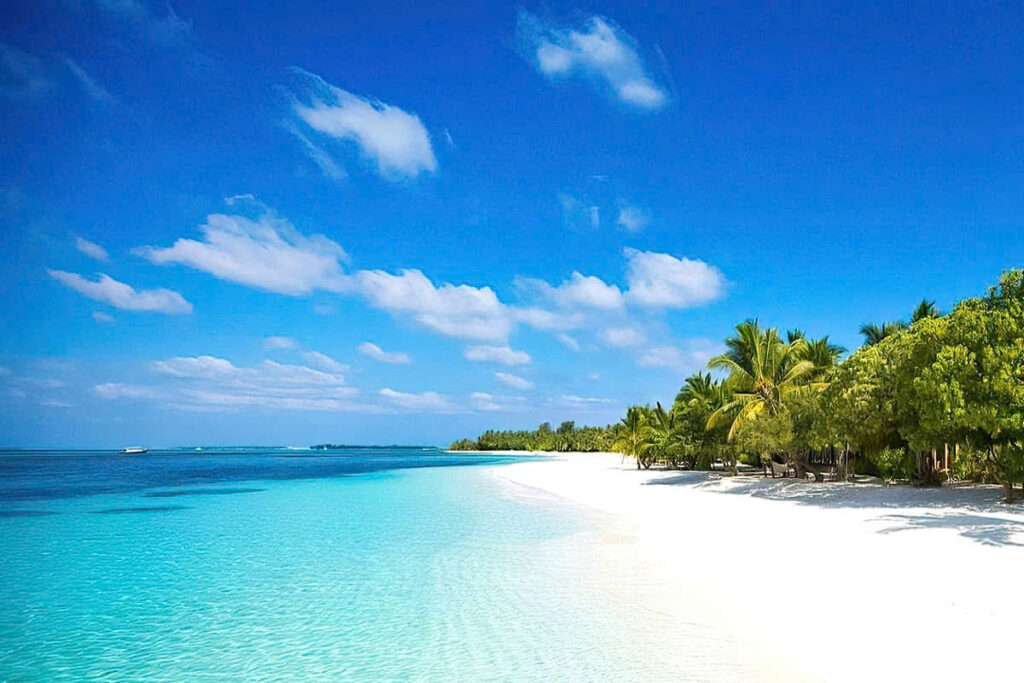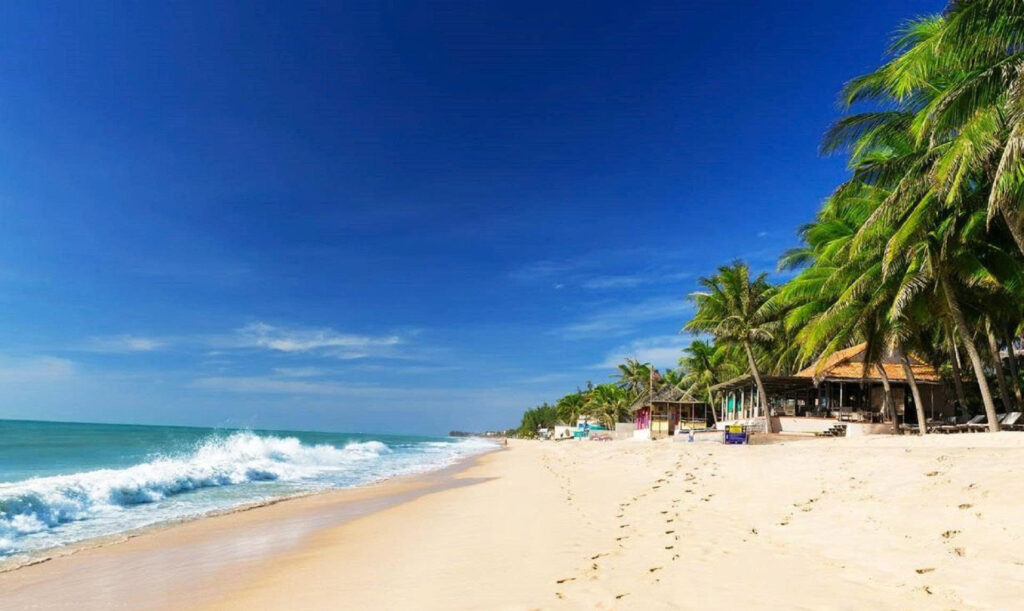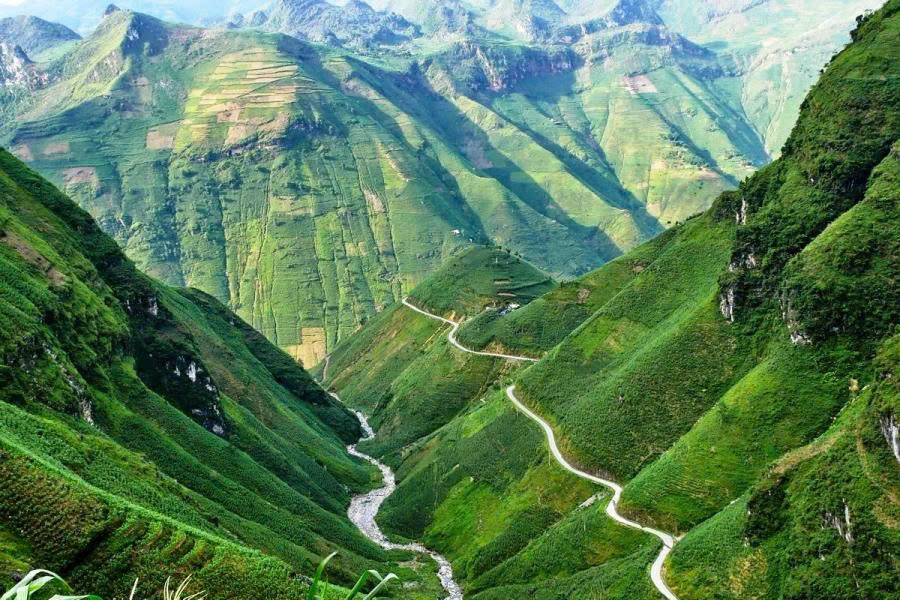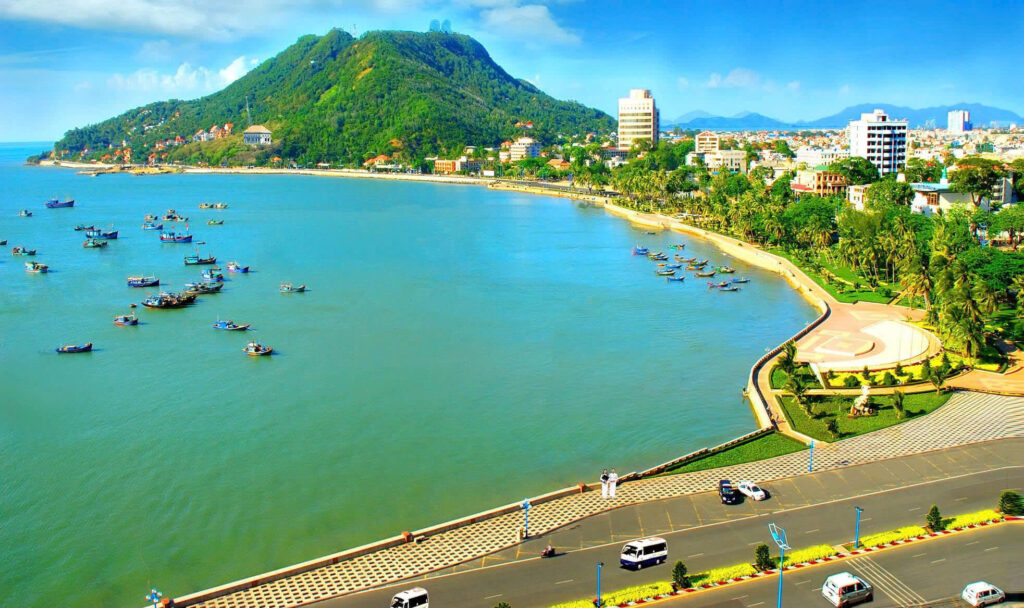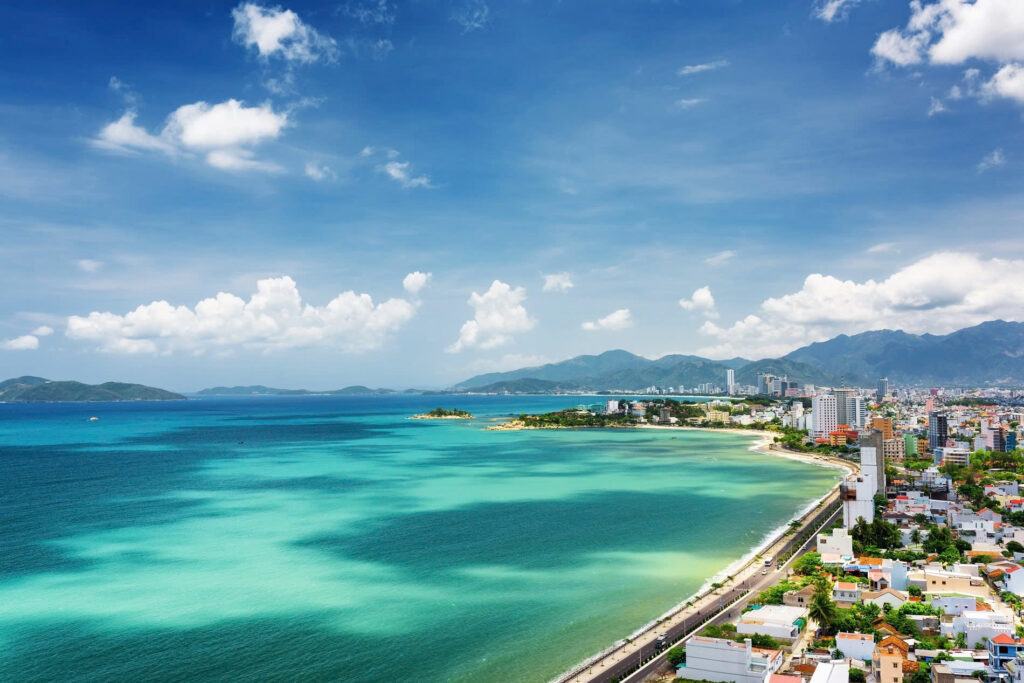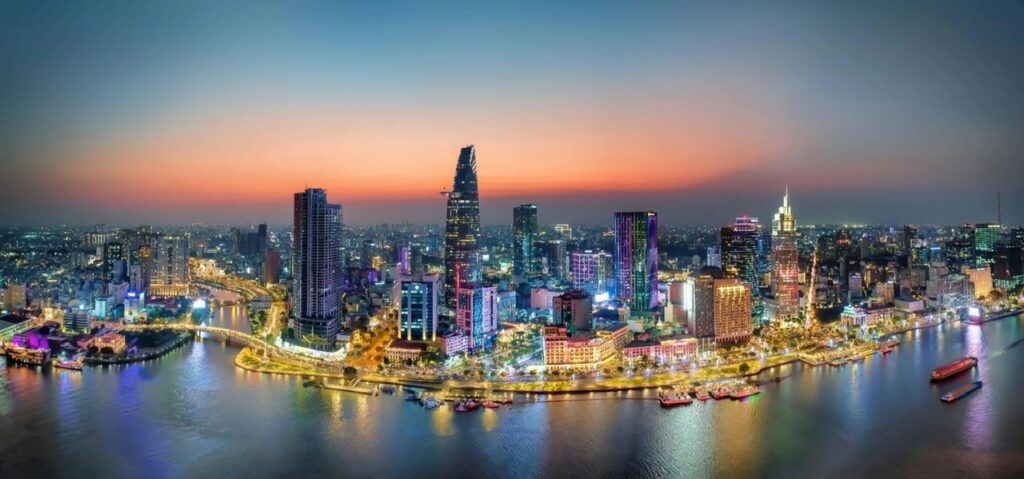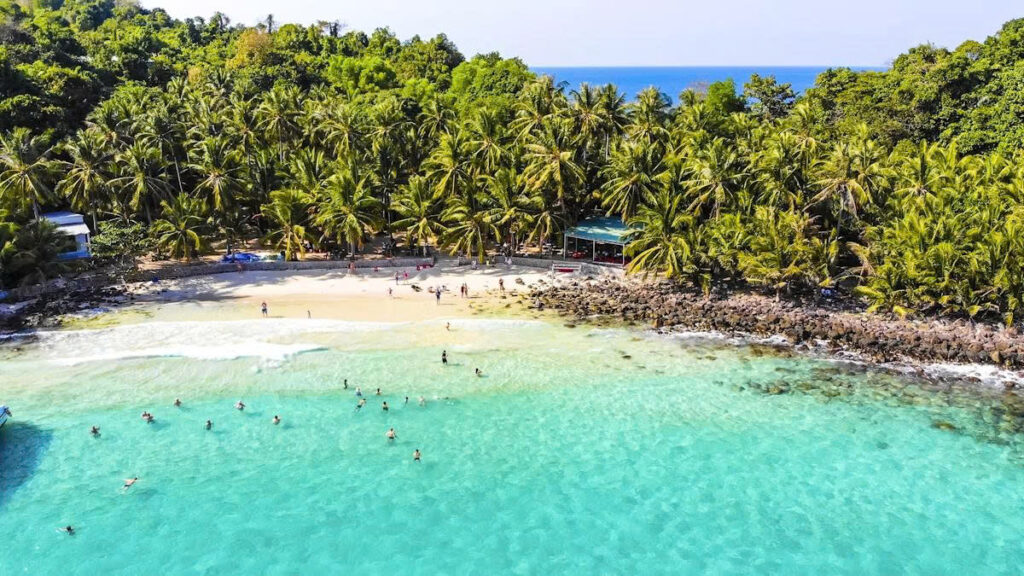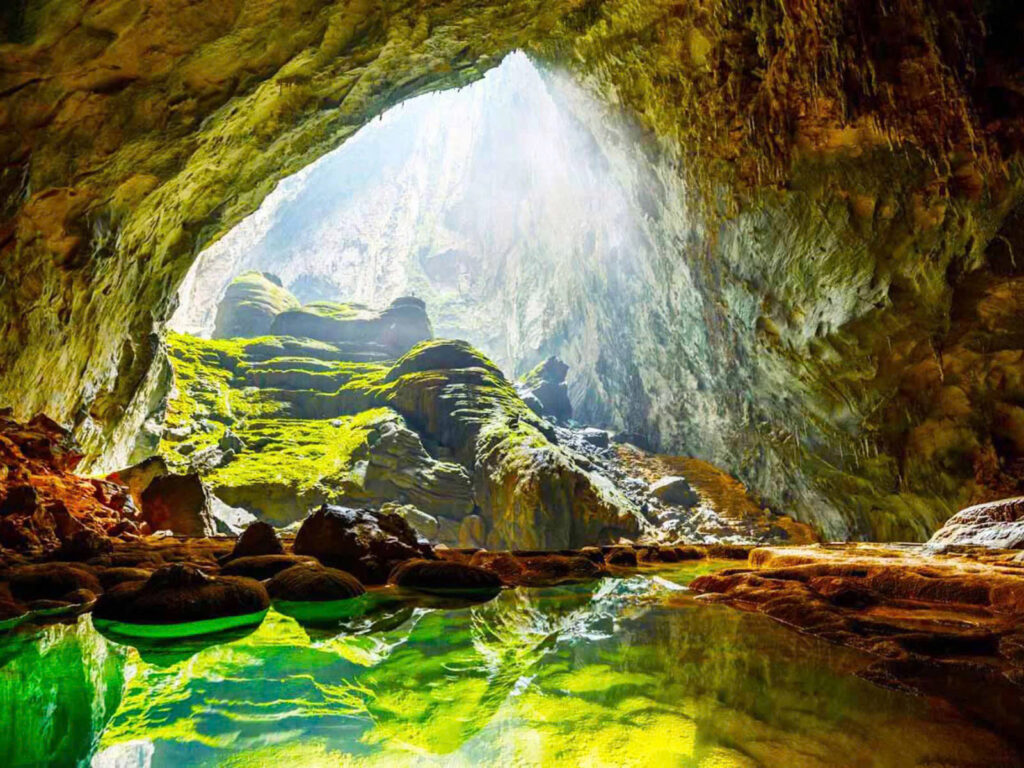Embarking on a journey to Japan during autumn is like stepping into a painter’s masterpiece. The country transforms into a breathtaking canvas of fiery reds, brilliant golds, and earthy browns, drawing visitors from across the globe to witness its spectacular autumn foliage, locally known as Koyo (紅葉). For many first-time visitors, choosing where to experience this natural wonder can be overwhelming, given the sheer abundance of stunning locations.
Having personally witnessed Japan’s stunning autumn colors unfold from Hokkaido’s early transitions to Kyoto’s vibrant temple gardens, we understand the magic and the meticulous planning required. This article, crafted based on extensive travel experience and in-depth research, is designed to be your ultimate companion for discovering the most captivating autumn foliage Japan places to visit, ensuring your inaugural Koyo experience is nothing short of magnificent.
Japan’s Autumn Foliage Season (Koyo/Momijigari)

Before we delve into specific locations, let’s understand the phenomenon that makes autumn in Japan so special. The act of hunting for autumn leaves is called Momijigari (紅葉狩り), a cherished cultural tradition.
When to See Autumn Leaves in Japan: Forecast & Timing
Japan’s autumn colors paint the archipelago from north to south. The leaves begin to change in the colder regions of Hokkaido and the high altitudes in early September, gradually moving south towards Tokyo, Kyoto, and warmer regions until early December.
- Hokkaido & High Altitude Mountains: Early September to Mid-October.
- Tohoku & Northern Honshu: Mid-October to Early November.
- Kanto (Tokyo area) & Kansai (Kyoto/Osaka area): Late November to Early December (often the peak season for these major cities).
- Kyushu & Shikoku: Early to Mid-December.
- Expert Tip: Always check the latest autumn foliage forecasts from official sources (like the Japan Meteorological Corporation or local tourism boards) a few weeks before your trip, as exact peak times can vary slightly year to year due to weather conditions.
Types of Autumn Leaves: Momiji vs. Icho

While many trees contribute to the autumn spectacle, two stand out:
- Momiji (紅葉): Refers specifically to Japanese maple trees, known for their iconic, deeply lobed leaves that turn brilliant shades of red, orange, and even purple. These are the stars of Koyo.
- Icho (銀杏): The Ginkgo biloba tree, recognized by its unique fan-shaped leaves that transform into stunning golden-yellow hues, often forming luminous avenues.
The Cultural Significance of Koyo & Momijigari
Momijigari isn’t just about viewing leaves; it’s a deep appreciation for the ephemeral beauty of nature, mirroring the same cultural reverence for spring’s cherry blossoms. It’s a time for reflection, strolls, and enjoying the changing seasons, often accompanied by special autumn-themed foods and drinks.
Top Autumn Foliage Destinations in Japan for First-Time Visitors
Based on popularity, accessibility, and sheer beauty, here are the top places to immerse yourself in Japan’s autumn splendor.
Kyoto: The Ancient Capital Bathed in Autumn Hues
Kyoto’s numerous temples, shrines, and traditional gardens offer a magical backdrop for autumn colors, making it arguably the most popular destination for Koyo. Expect crowds, especially during peak season (late November).

- Tofuku-ji Temple (東福寺):
- Why Visit: Famous for its breathtaking “Tsutenkyo Bridge” offering panoramic views over a valley of vibrant maple trees. One of Kyoto’s most iconic and spectacular Koyo spots.
- Best Time: Late November.
- Kiyomizu-dera Temple (清水寺):
- Why Visit: This UNESCO World Heritage site offers stunning views of the surrounding valley filled with maples, especially from its famous wooden stage. Often features special autumn illuminations at night.
- Best Time: Late November to early December.
- Arashiyama Bamboo Grove & Tenryu-ji Temple (嵐山 & 天龍寺):
- Why Visit: While famous for its bamboo, the surrounding Arashiyama area, particularly
- Tenryu-ji Temple‘s garden and the Togetsukyo Bridge, are ablaze with autumn colors.
- Best Time: Late November.
- Eikando Zenrin-ji Temple (永観堂禅林寺):
- Why Visit: Widely regarded as one of Kyoto’s most beautiful autumn spots. Its multi-tiered pagoda reflecting in the pond surrounded by maples is captivating. Known for exceptional night illuminations.
- Best Time: Late November to early December.
Tokyo & Kanto Region: Urban Splendor and Easy Day Trips
Even Japan’s bustling capital offers fantastic autumn foliage, along with convenient day trips to scenic natural areas just outside the city.
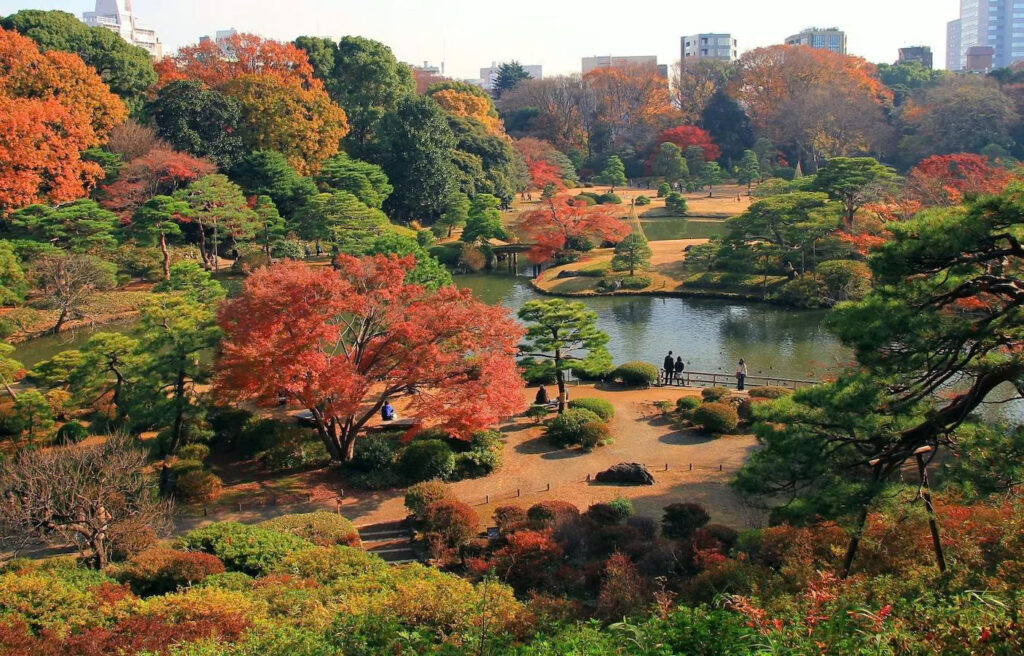
- Rikugien Garden (六義園):
- Why Visit: A beautifully landscaped traditional Japanese garden, it’s a prime spot for viewing maples and ginkgo. Famous for its autumn illuminations in the evenings.
- Best Time: Late November to early December.
- Shinjuku Gyoen National Garden (新宿御苑):
- Why Visit: A large, tranquil park featuring Japanese traditional, English landscape, and French formal garden styles. Offers a diverse range of trees, including many ginkgo and maples.
- Best Time: Late November to early December.
- Meiji Jingu Gaien Ginkgo Avenue (Icho Namiki) (明治神宮外苑):
- Why Visit: An iconic avenue lined with towering ginkgo trees that turn a brilliant golden yellow, forming a spectacular tunnel of leaves. Very popular for photos.
- Best Time: Late November to early December.
- Mount Takao (高尾山):
- Why Visit: Just an hour from central Tokyo, Mount Takao is a popular hiking spot that transforms into a tapestry of red and gold. You can hike up or take a cable car or chair lift for views.
- Best Time: Mid-November.
- Hakone & Lake Ashi (Mount Fuji Views) (箱根 & 芦ノ湖):
- Why Visit: A scenic escape near Mount Fuji. The area around Lake Ashi and the Hakone Ropeway offers stunning autumn colors, often with the majestic Mount Fuji in the background (weather permitting).
- Best Time: Early to mid-November.
Other Must-Visit Autumn Foliage Gems Across Japan
Beyond the major city hubs, Japan has countless other incredible spots for Koyo.

- Nara Park (Nara) (奈良公園):
- Why Visit: Home to hundreds of wild deer, Nara Park offers beautiful autumn colors, especially around Todai-ji Temple. The combination of ancient architecture, friendly deer, and vibrant leaves is truly unique.
- Best Time: Mid-November to early December.
- Miyajima Island (Hiroshima) (宮島):
- Why Visit: Famous for the “floating” torii gate of Itsukushima Shrine, Miyajima also boasts Momijidani Park (Maple Valley Park), which is glorious with red maples in autumn.
- Best Time: Mid-November to late November.
- Kenrokuen Garden (Kanazawa) (兼六園):
- Why Visit: One of Japan’s “Three Great Gardens,” Kenrokuen is magnificent in autumn, with meticulously manicured trees showcasing a spectrum of fall colors.
- Best Time: Mid-November to early December.
- Daisetsuzan National Park (Hokkaido) (大雪山国立公園):
- Why Visit: Japan’s largest national park is where the autumn colors begin their journey across Japan, often starting as early as mid-September. Ideal for hiking and seeing the earliest foliage.
- Best Time: Mid-September to early October.
- Nikko (Tochigi) (日光):
- Why Visit: A UNESCO World Heritage site renowned for its opulent shrines and temples, Nikko is surrounded by mountains that erupt in color. The Irohazaka Winding Road and Kegon Falls are particularly scenic.
- Best Time: Late October to early November.
Check out for:
Japan Itinerary for First Time Visitors: 7,10, 14 Days
Japanese Tourist Attractions: Your Ultimate Guide
Budget Travel in Japan: Your Ultimate Guide
Tips for an Unforgettable Autumn Foliage Trip
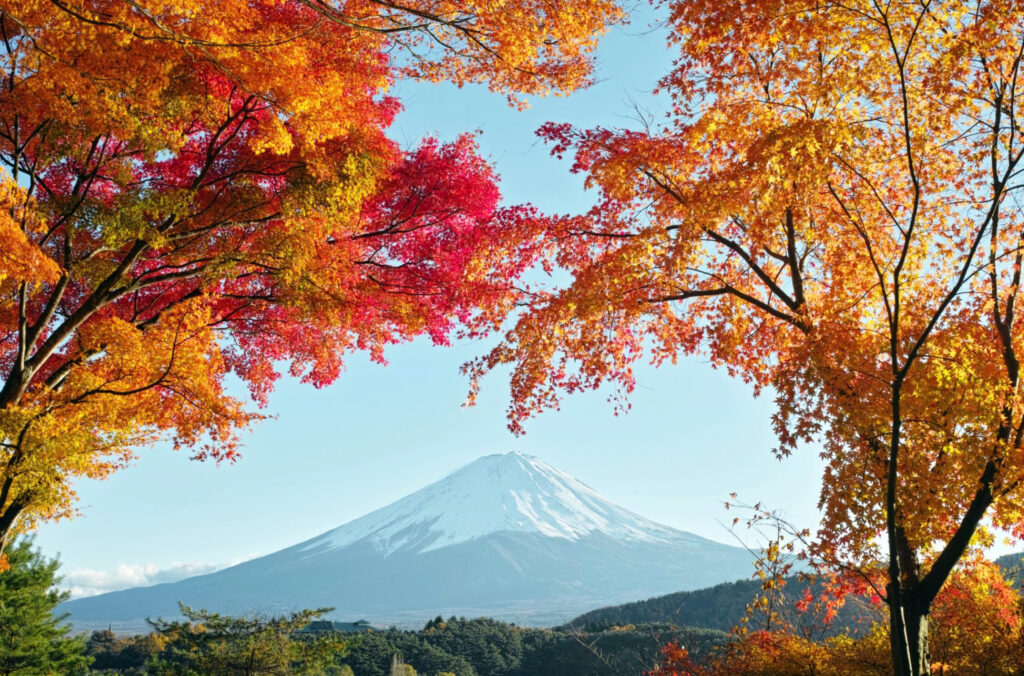
To maximize your Koyo experience, keep these practical tips in mind:
- Book Well in Advance: Autumn is a very popular season. Flights, accommodations, and Shinkansen tickets (especially during peak Koyo periods) should be booked months ahead.
- Embrace Local Transport: Utilize Japan’s incredibly efficient train and subway systems. An IC card (like Suica or Pasmo) is a must for seamless travel.
- Check Daily Foliage Forecasts: Websites and local news outlets provide updated reports on leaf progression. This allows you to adjust your plans for optimal viewing.
- Dress in Layers: Autumn weather can be unpredictable, with crisp mornings and warmer afternoons. Layers will help you adapt.
- Consider Weekday Visits: Popular Koyo spots can get extremely crowded on weekends. If your schedule allows, visit during weekdays for a more peaceful experience.
- Experience Autumn Illuminations: Many temples and gardens, especially in Kyoto and Tokyo, offer special night viewing events where the illuminated leaves create a magical atmosphere.
- Try Autumn-Themed Foods: Look out for seasonal delights like chestnuts (kuri), persimmons (kaki), and various “momiji” themed sweets.
Japan’s autumn is a truly magical time to visit, offering a unique blend of natural beauty and cultural richness. By planning strategically and knowing where to go, your first Momijigari adventure will undoubtedly be a vibrant, unforgettable journey.

